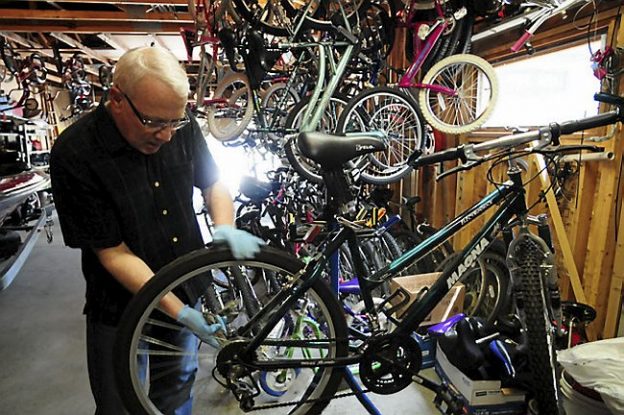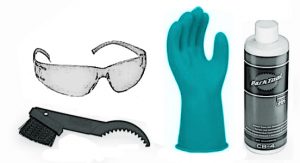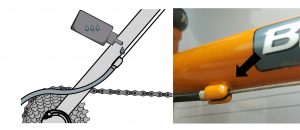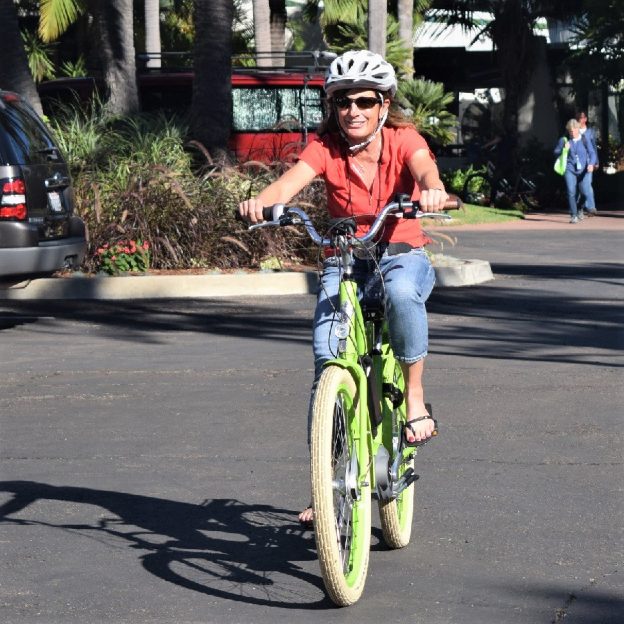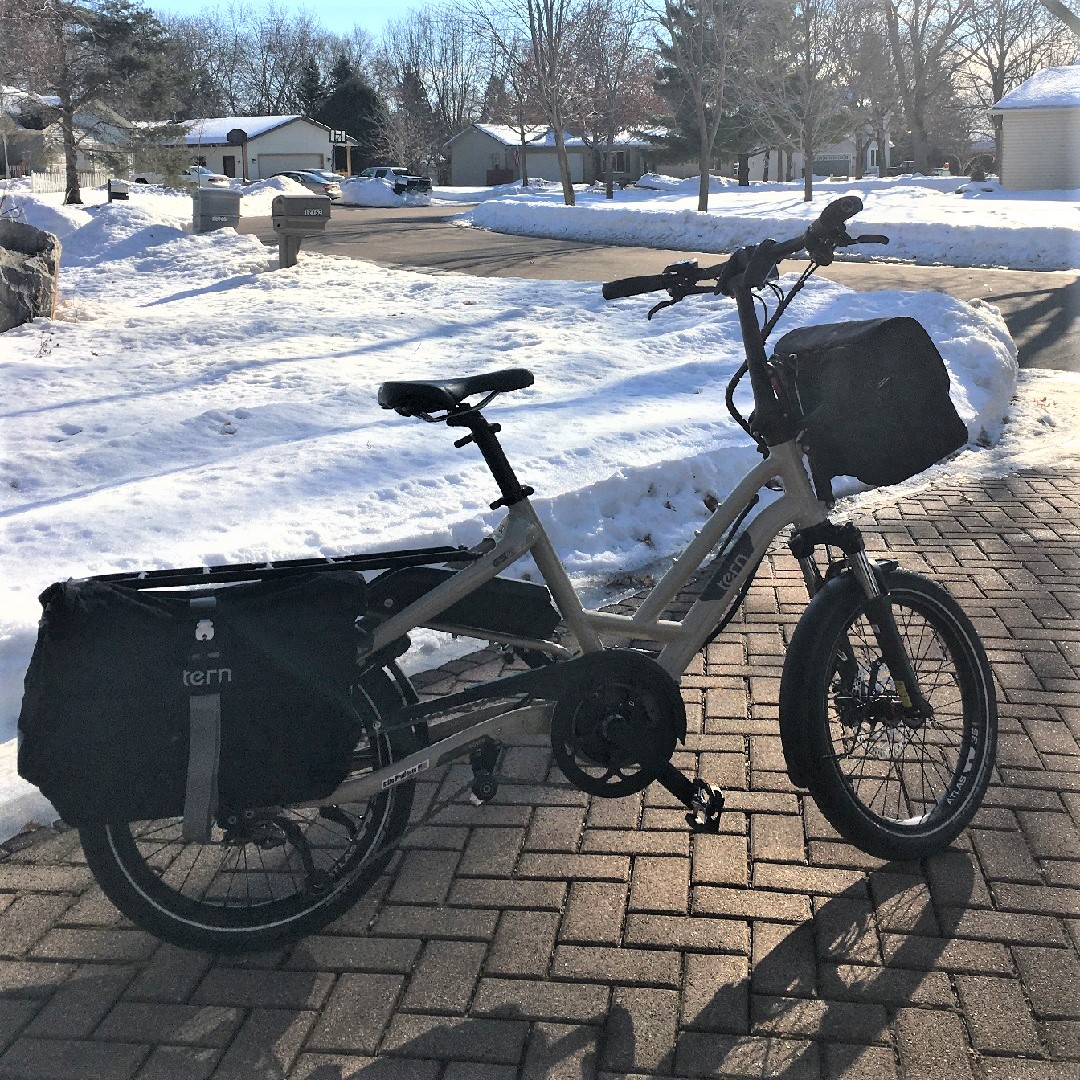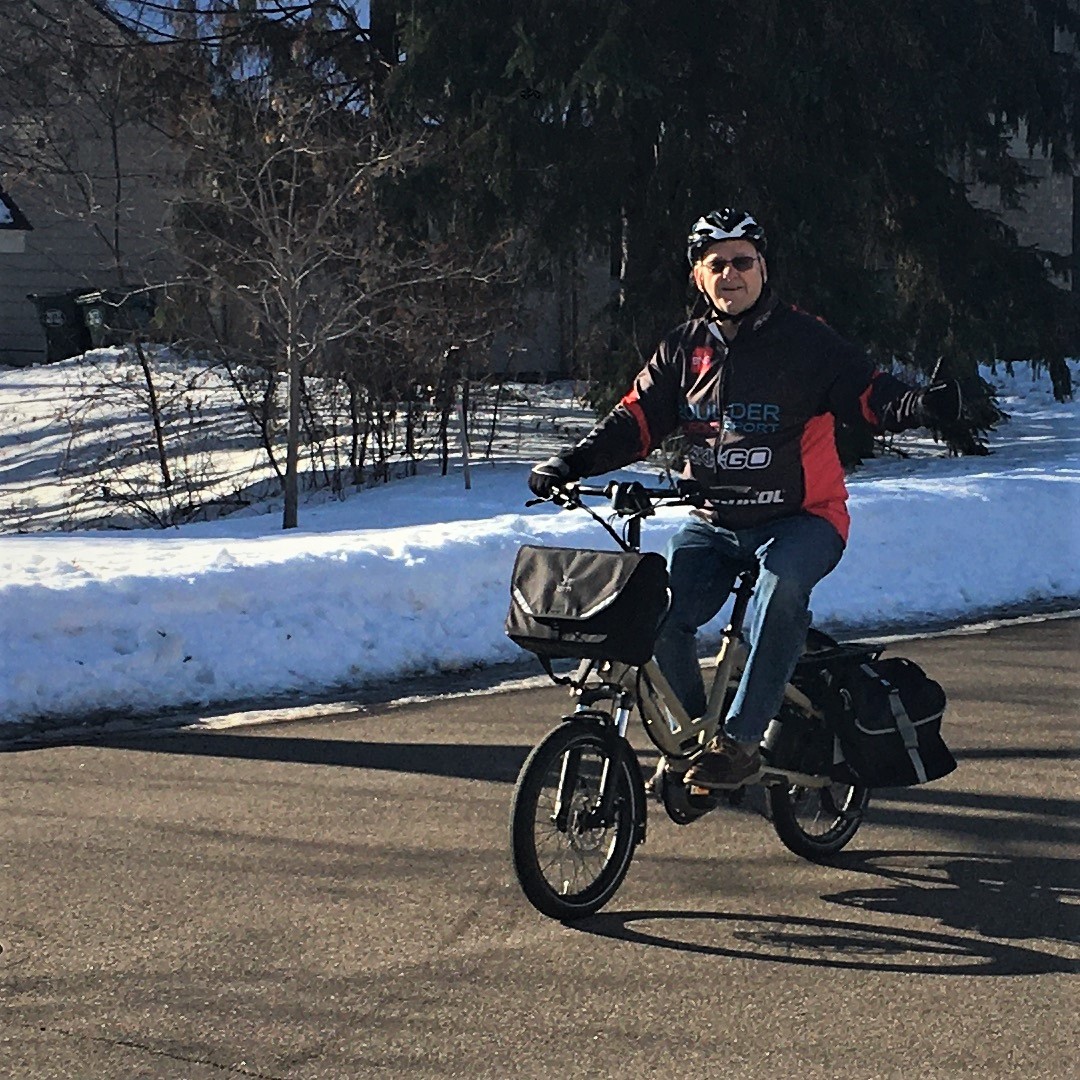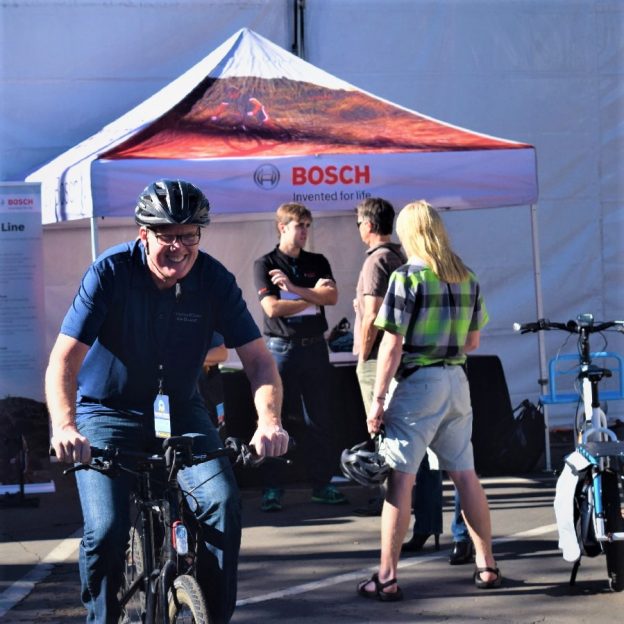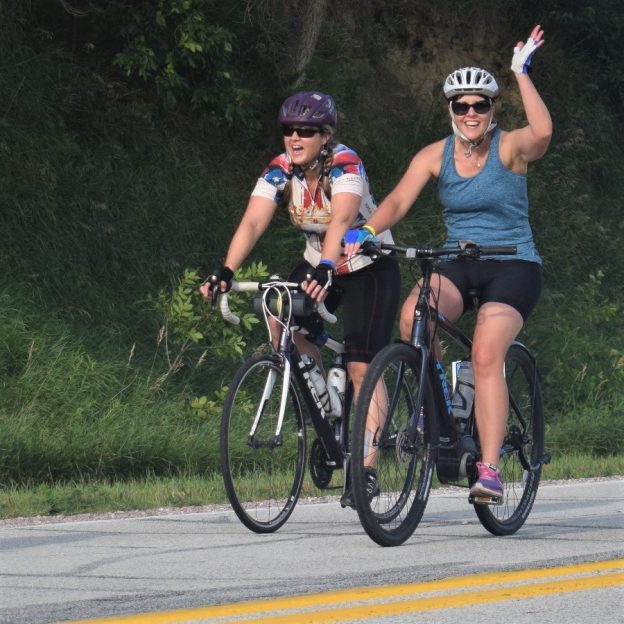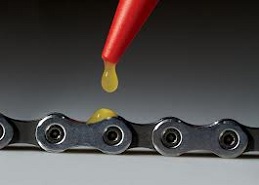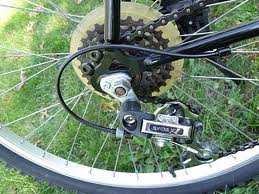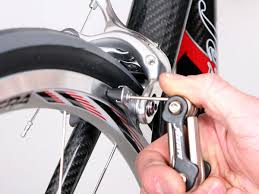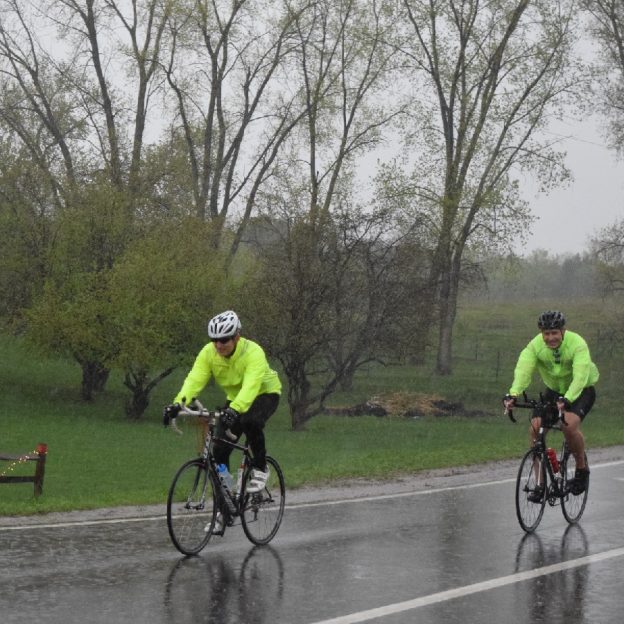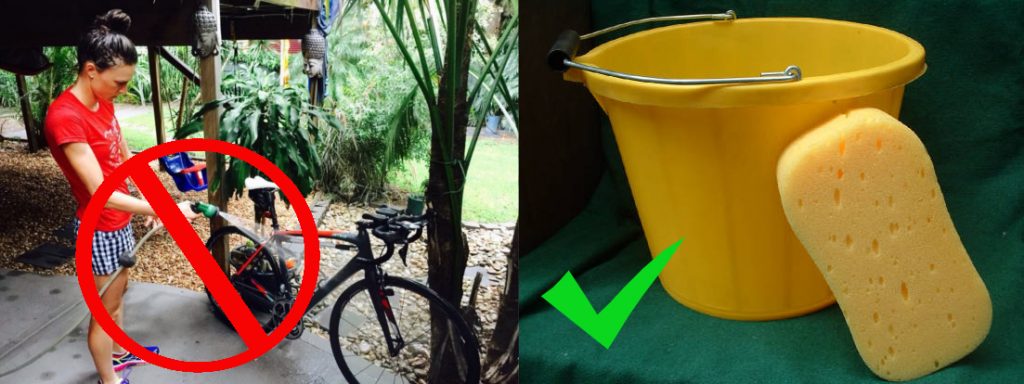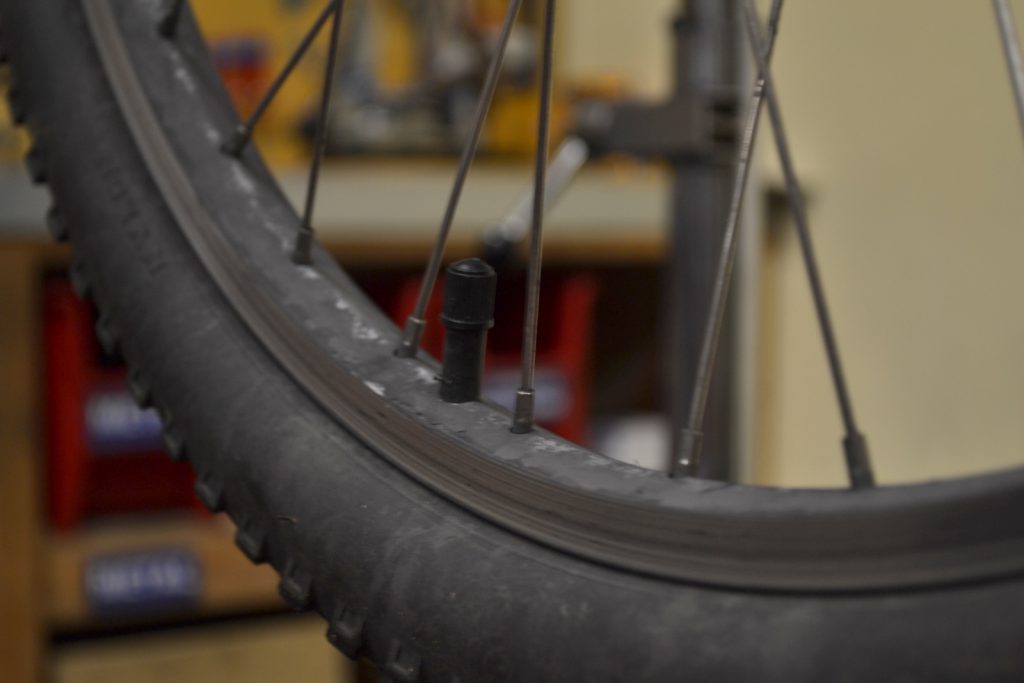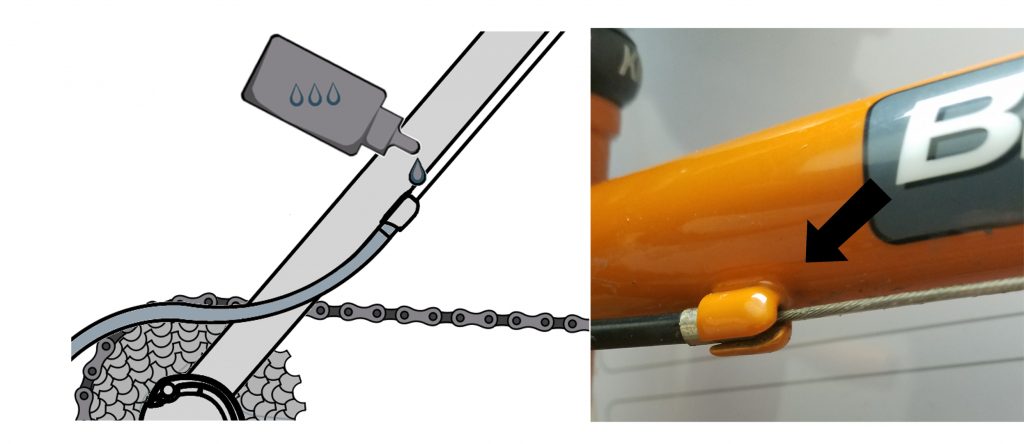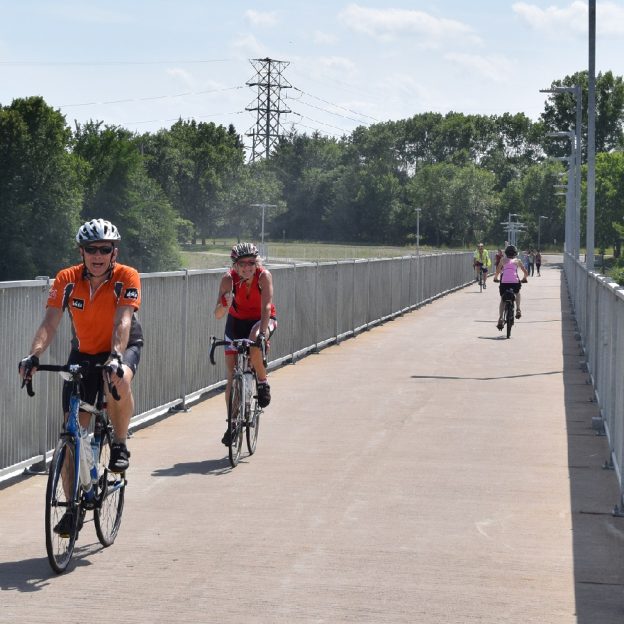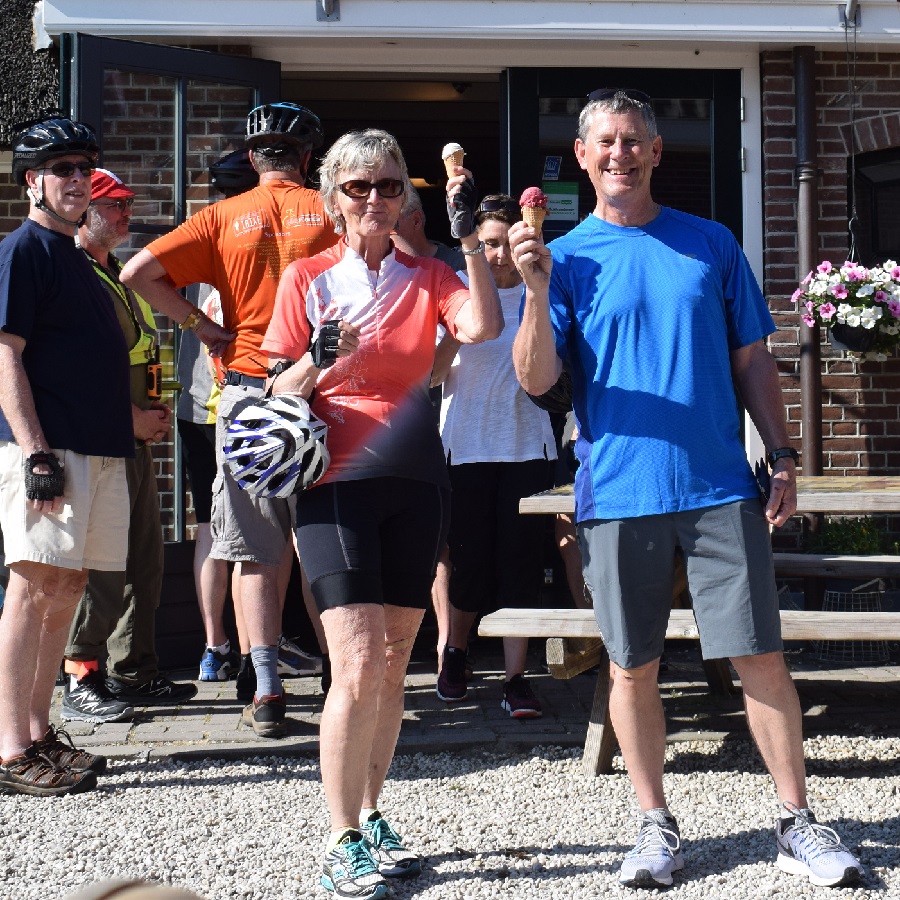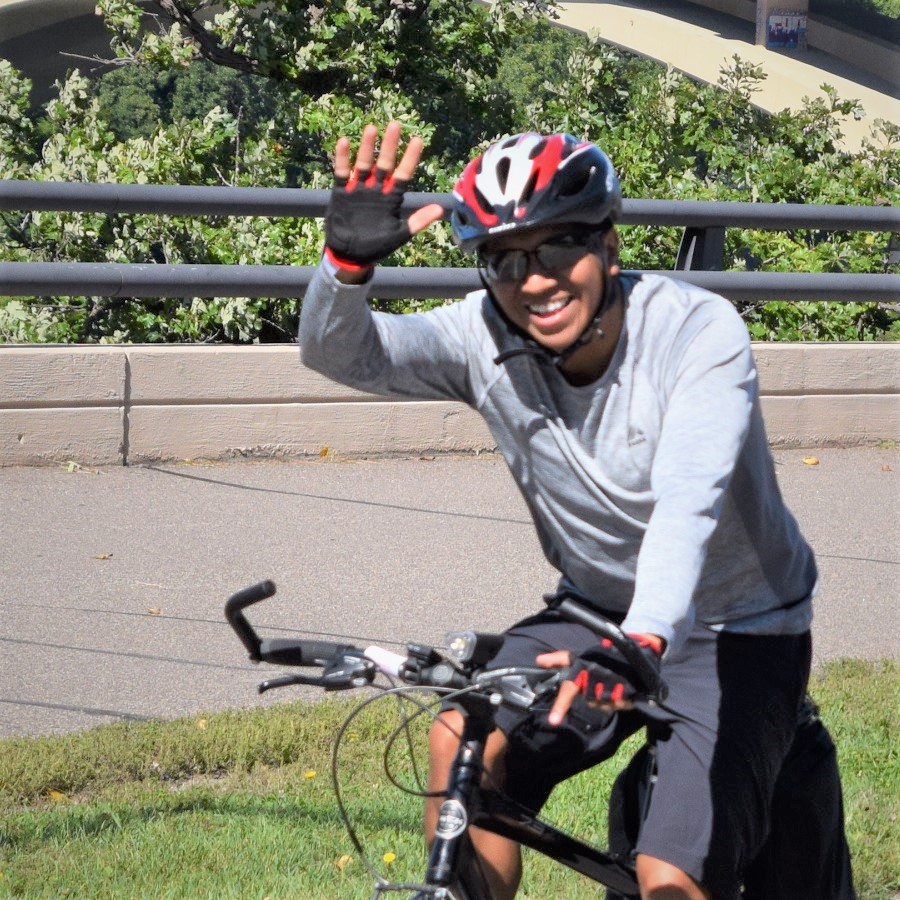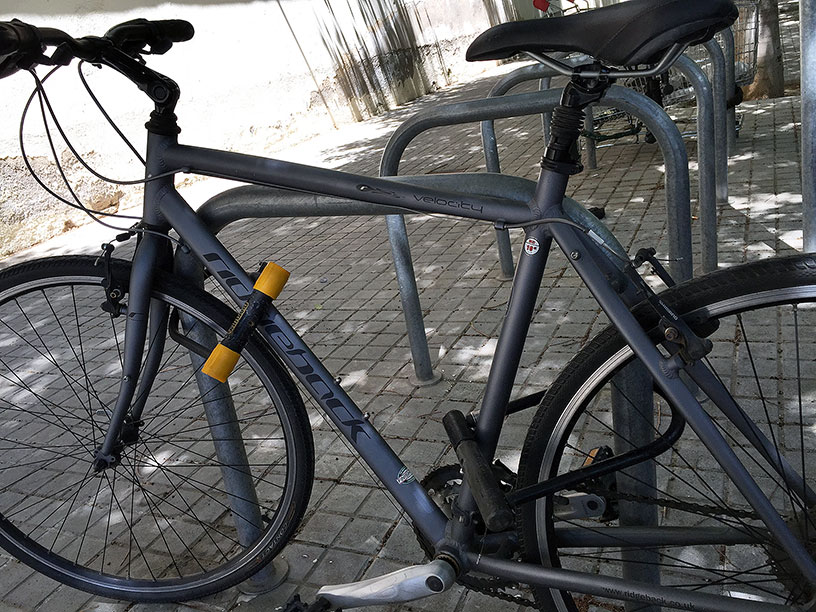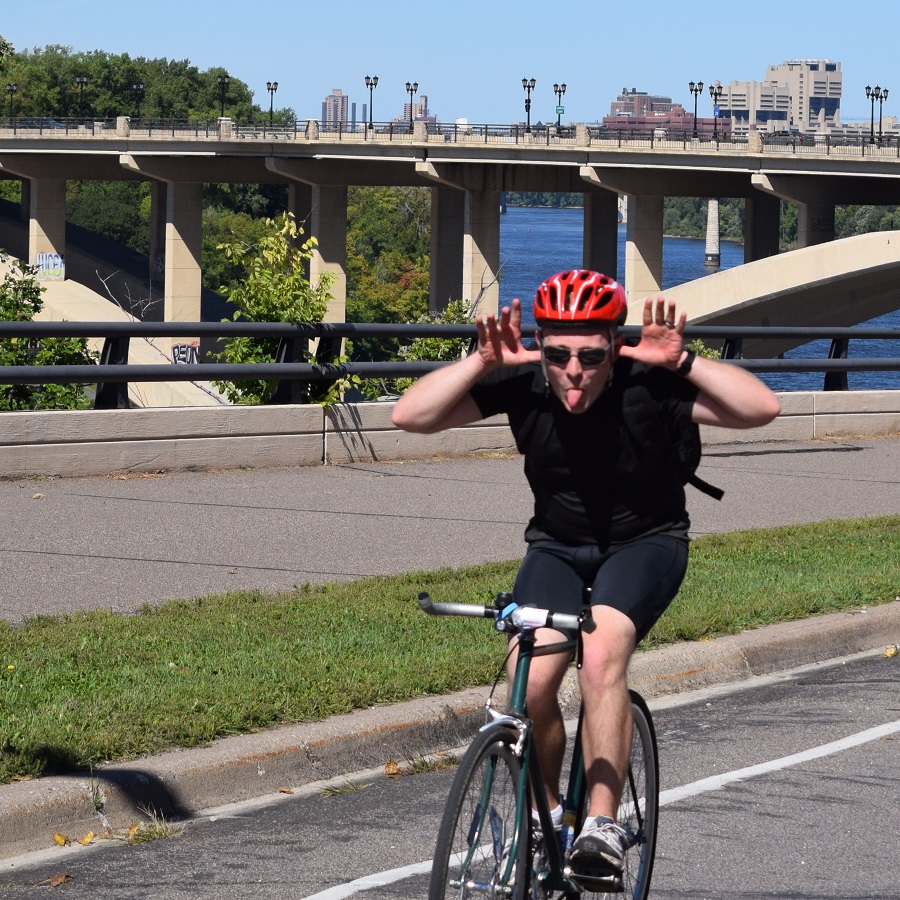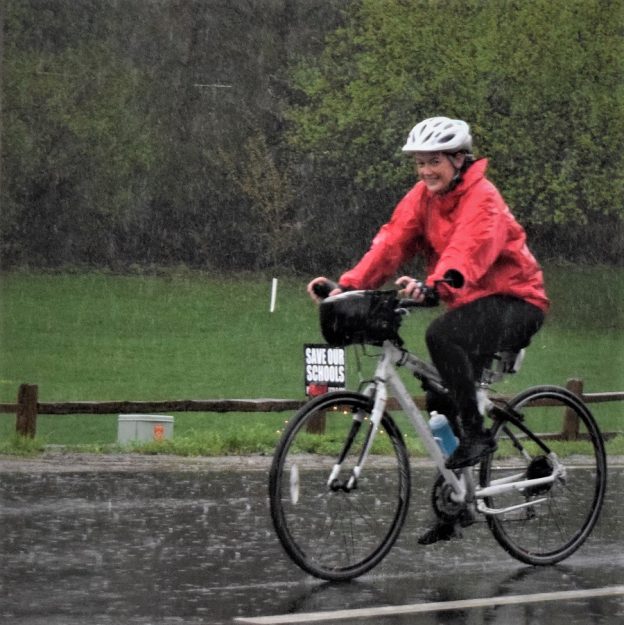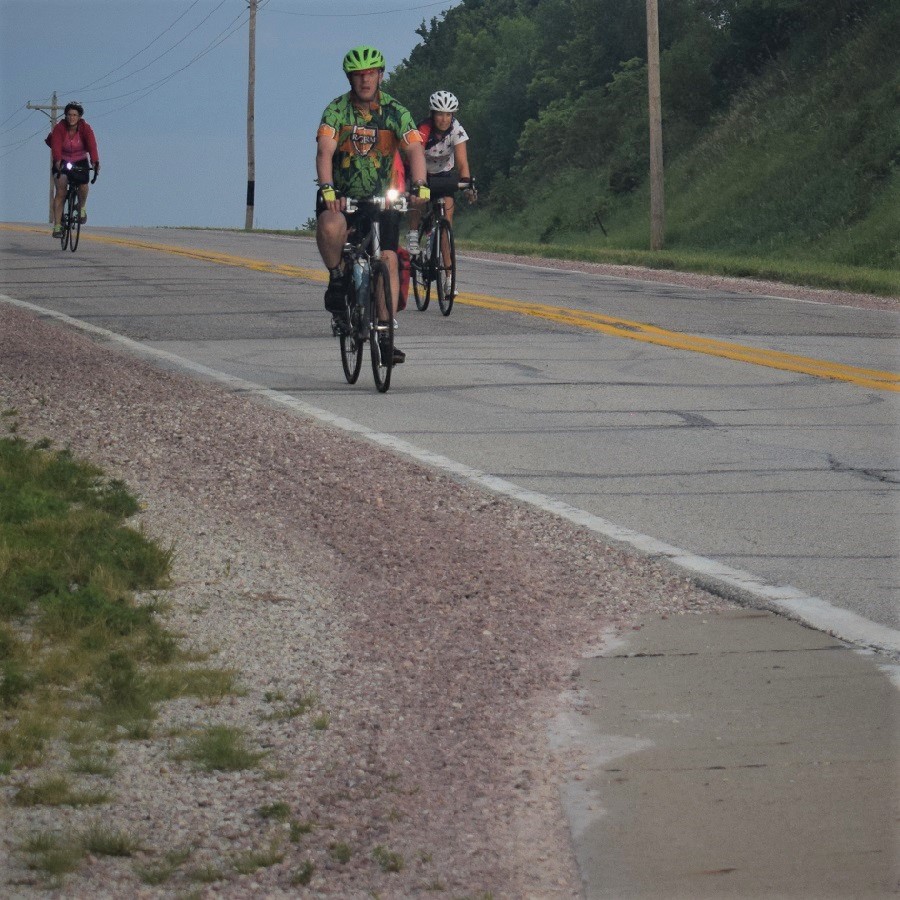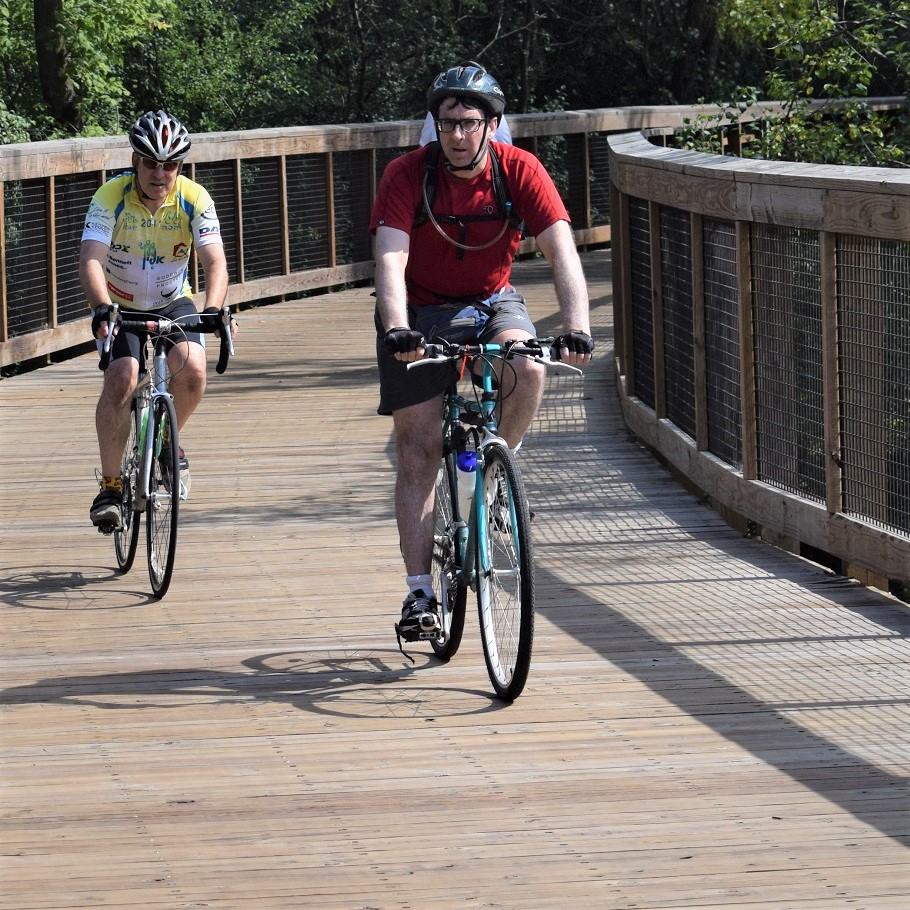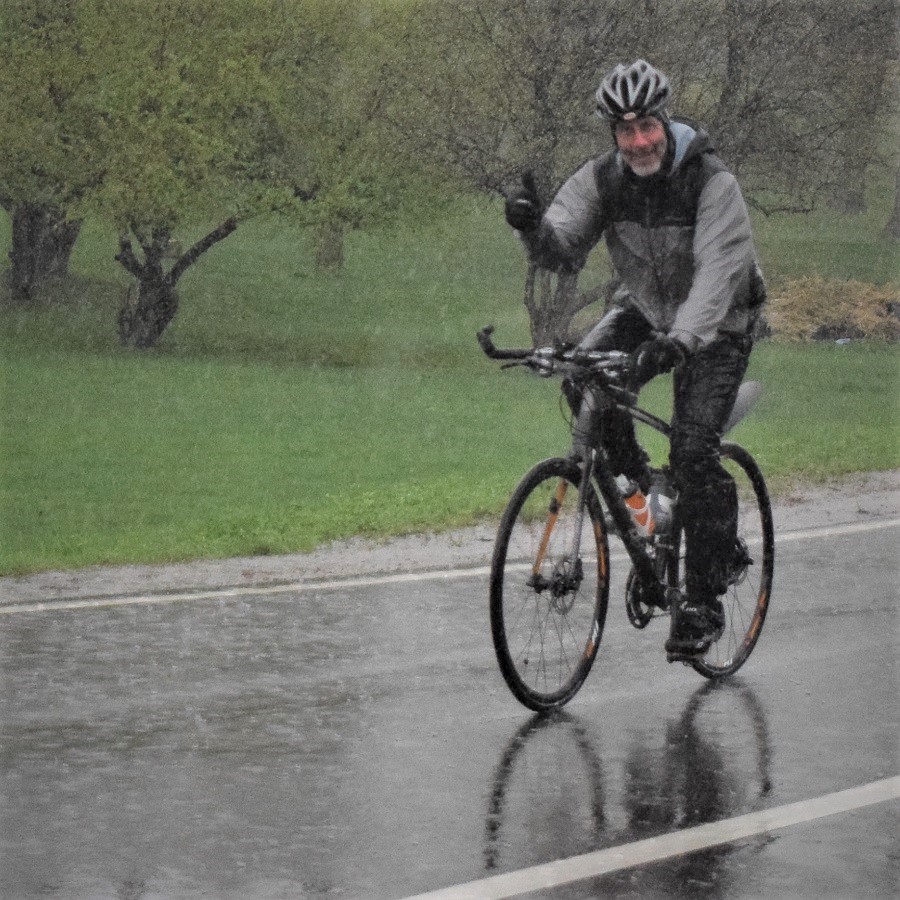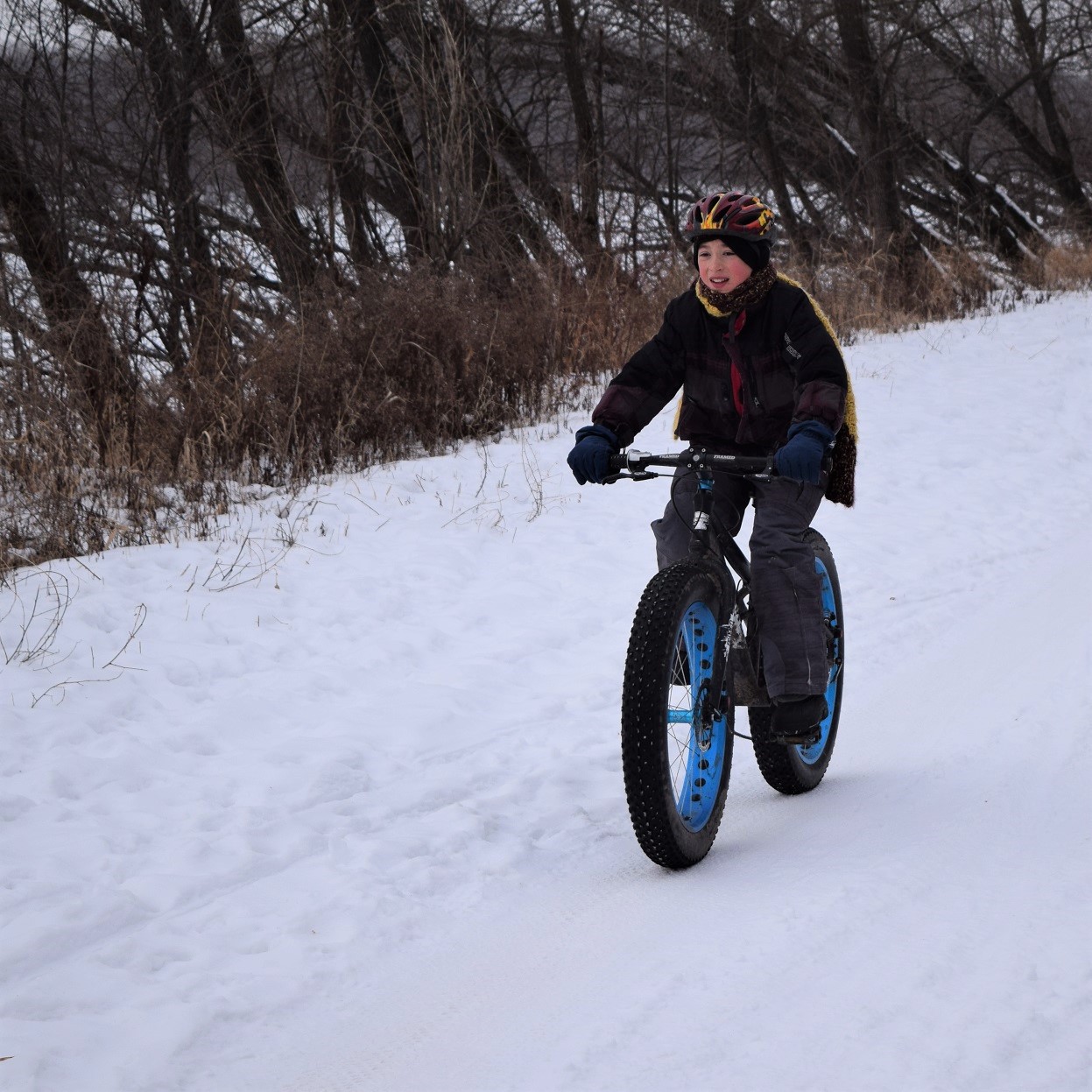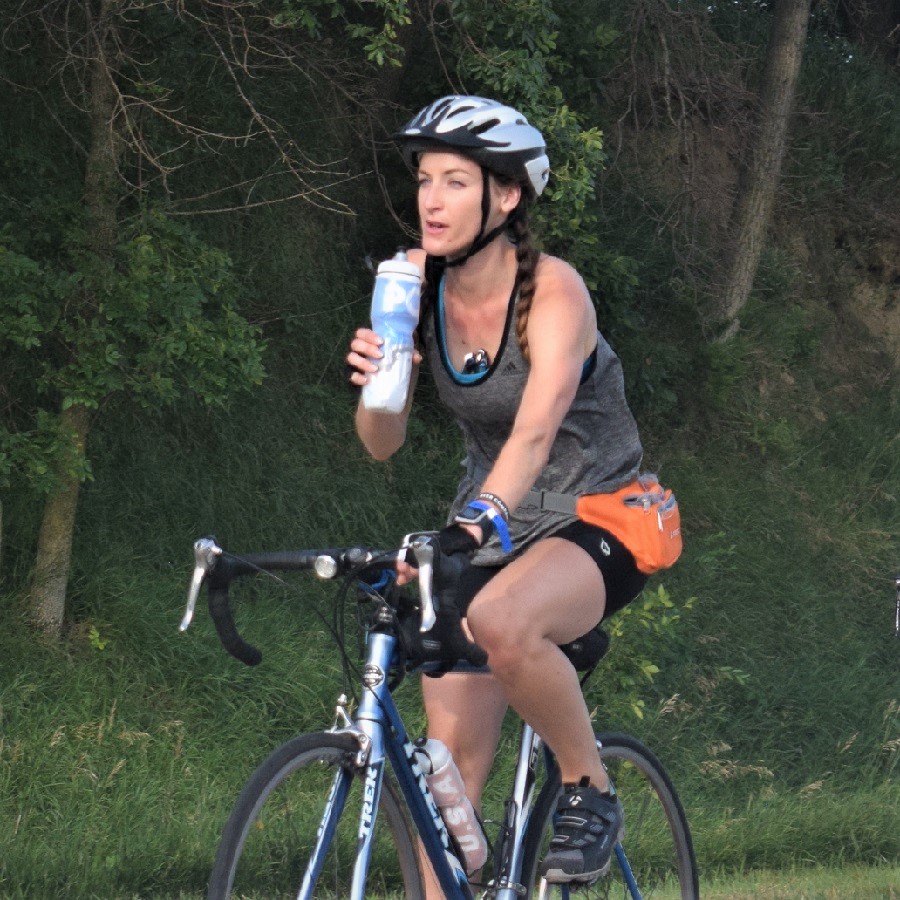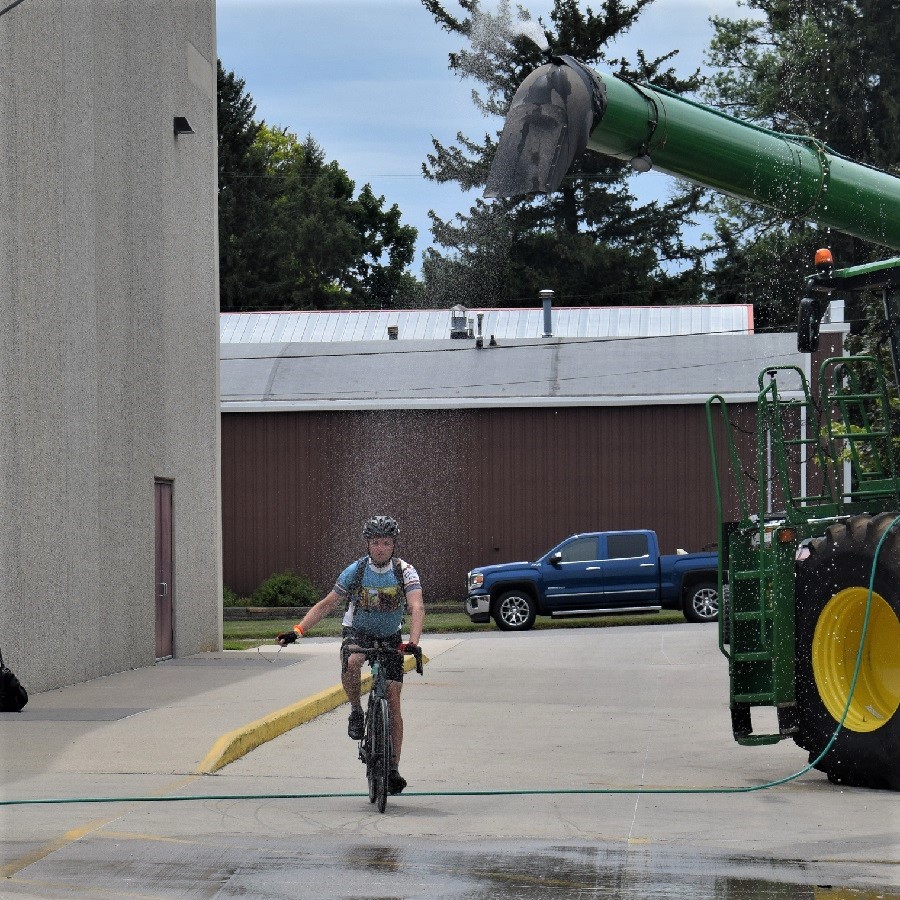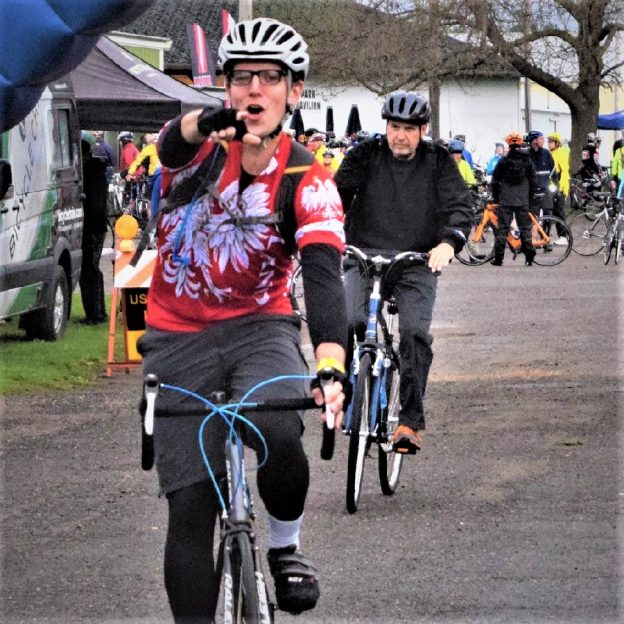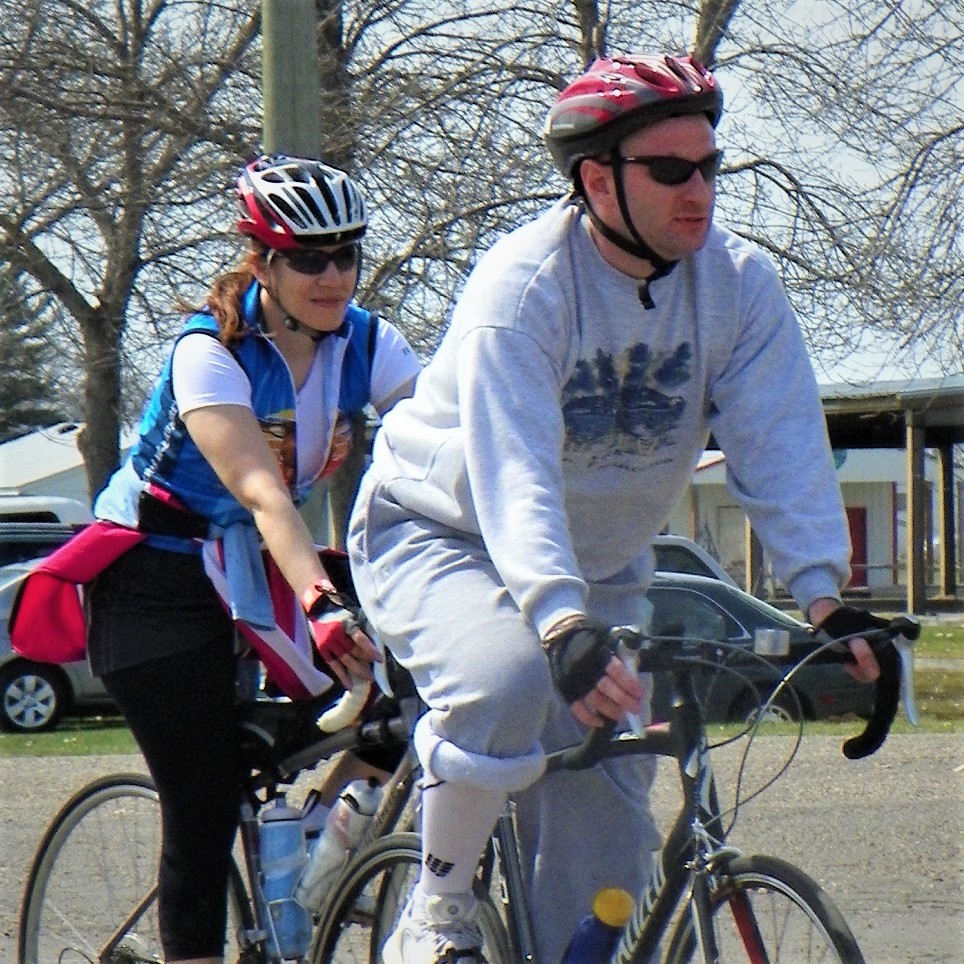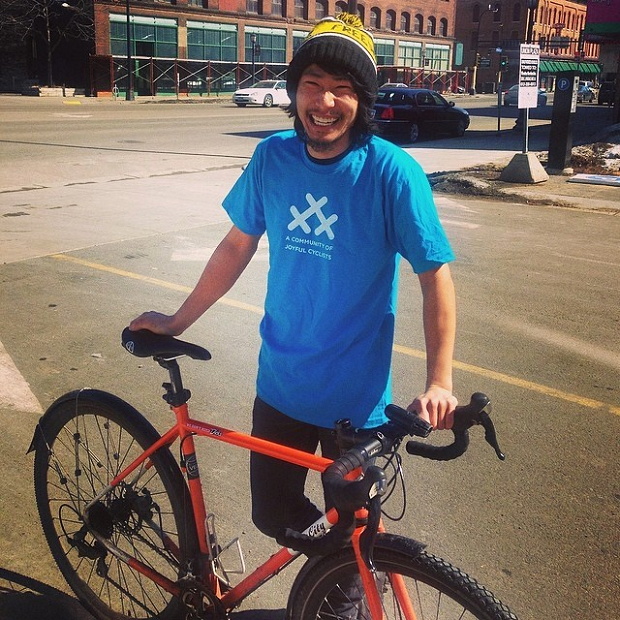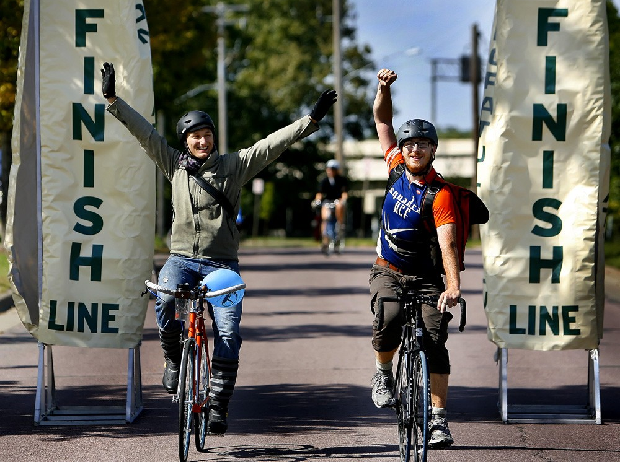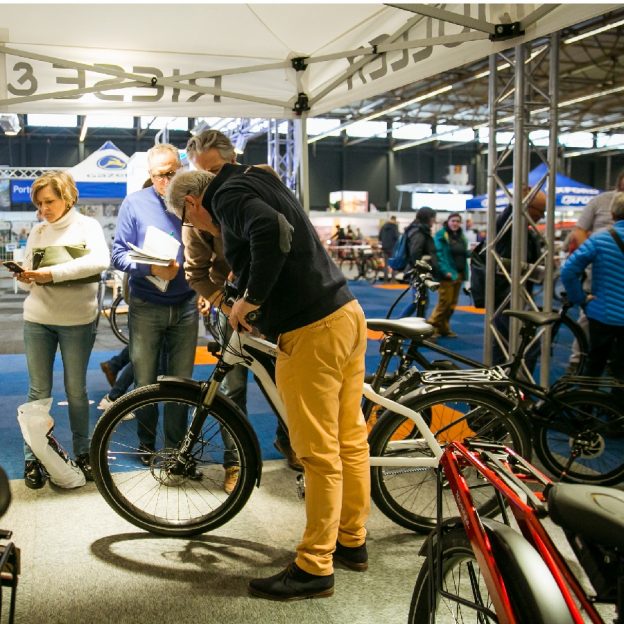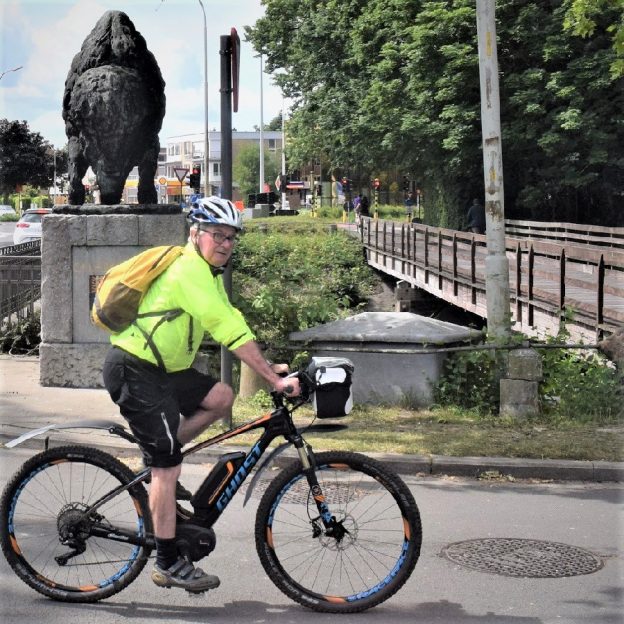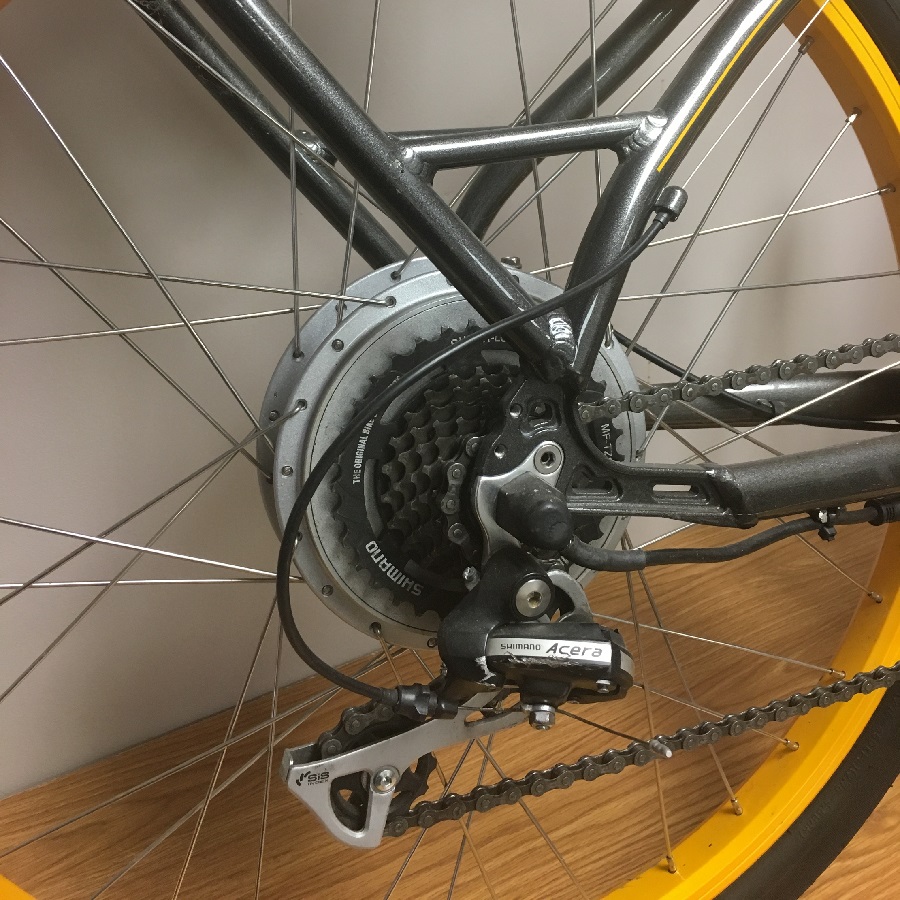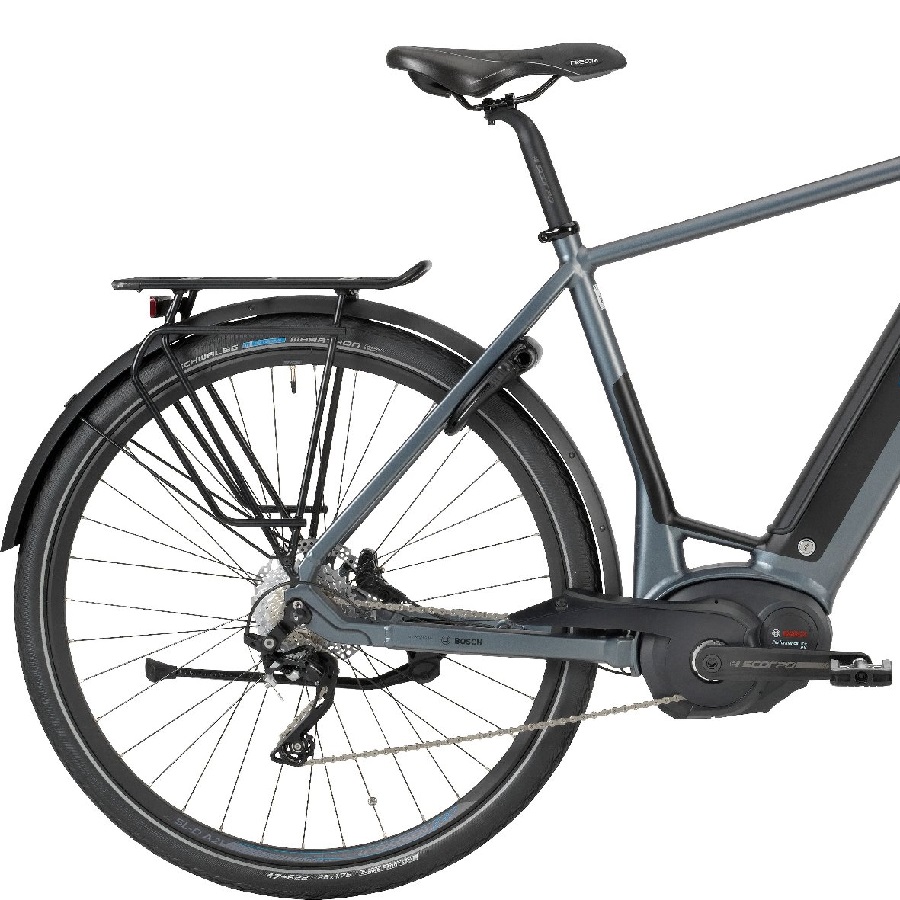by John Brown
Like any other mechanical device, routine bicycle maintenance and cleaning will keep your bike in optimal condition as the season progresses. Additionally, routine bicycle maintenance will make your bike safer to ride when you need it. Where do you start? What do you use? Well, here are a few tips to put you on the right track!
Tip 1: For optimal bicycle maintenance, stay away from the hose
- Angry hose and happy bucket
Every moving part on your bicycle needs lubrication to stay in optimal condition. The pressure of water coming from a hose will force water into areas that need to be lubricated. The water will displace grease and leave your bicycle susceptible to corrosion and excess wear. Instead of a hose, fill a bucket with warm, soapy water (Dawn dish detergent works well) and use a large sponge to clean all the parts of your bicycle. Rinse all the soap and gunk off with fresh water, and let the bicycle air dry.
Tip 2: Focusing on the drivetrain
If you have a particularly dirty drivetrain* and want to get it clean, you will need the following:
• Degreaser
• A stiff-bristled brush
• Rubber gloves
• Protective eyewear
*(the gears, chain, and the little pulley wheels on your derailleur)
- First: Start by applying a liberal amount of degreaser to the chain, gears, and derailleur pulleys. Also, pay close attention not to direct the degreaser toward the center of either gear set. Doing so will drive the degreaser into bearings that need to remain lubricated.
- Second: Once well saturated, begin freeing up dirt and debris by scrubbing back and forth with the stiff-bristled brush.
- Third: After you have broken up all the contaminants, rinse the drivetrain with a warm soap/water solution.
Tip 3: reapply lubricant
Most areas of a bicycle are protected from the elements with rubber seals. Those rubber seals do a good job of keeping lubricants where they are supposed to be. Furthermore, it also means that the only bicycle areas that can be lubricated without disassembly are the chain and cables.
Lubricating the chain
- Proper lubrication is essential to keep your bike in optimal condition.
- First: To lube the chain, prop your bicycle up so you can freely backpedal. While backpedaling, coat the chain evenly with a lubricant like in the image above.
- Second: Fold a rag around the chain between the lowest pully and the chainrings. Next, backpedal with your right hand while holding the rag in place with your left. You want to try and remove all the excess lubricant you can. When complete, the chain will feel almost dry to the touch, and that’s OK. Even though the outside of the chain seems under-lubricated, there is still ample lubricant between the chain’s links and within the rollers.
Lubricating the cables
If shifting of braking feels rough at the lever, you may need to lube the cables. Here’s how to do that:
- First: Apply lubricant in small doses where the cable enters the housing (see below).
- Second: Cycle the gears, or squeeze the brakes until capillary action draws the lube into the cable housing.
Ensuring your bicycle is clean and properly lubricated is essential to make sure your bike is in optimal condition.
